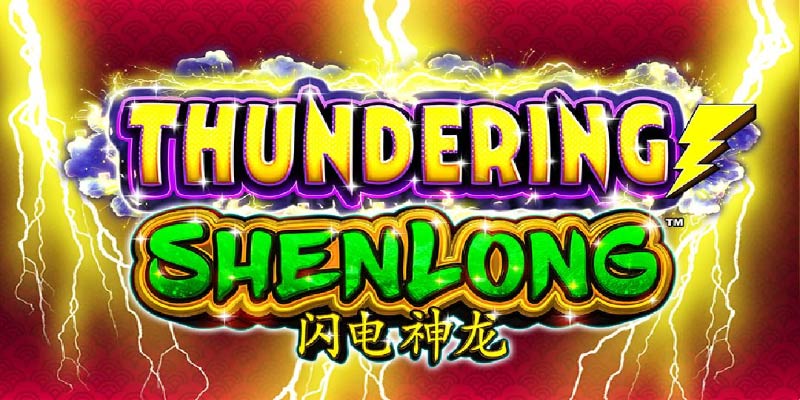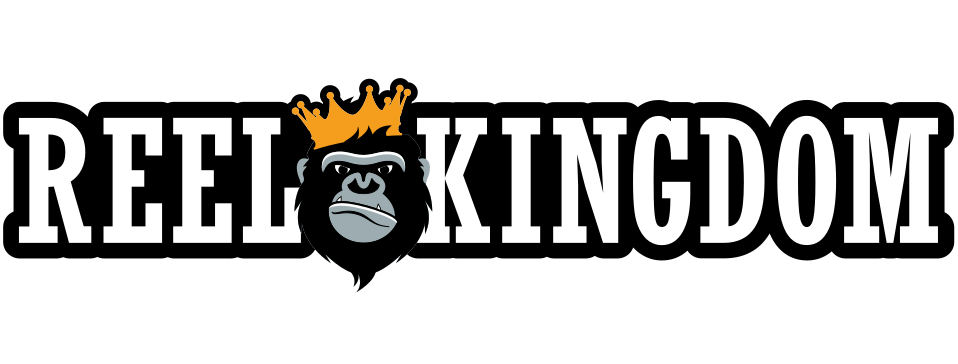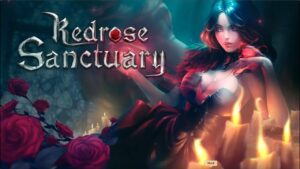
Thundering Shenlong: Unleashing the Myth and Power
The Thundering Shenlong is a powerful mythical being that has captivated imaginations for centuries. Rooted in ancient Chinese folklore, this dragon symbolizes strength, wisdom, and the natural forces of nature. As we delve into the realm of the Thundering Shenlong, we will explore its origins, Nhà cái QH88 cultural significance, and its enduring presence in modern popular culture.
Introduction to Thundering Shenlong
The tales of Thundering Shenlong have been passed down through generations, becoming an integral part of Chinese mythology. This mystical creature is more than just a dragon; it represents the duality of nature’s power—its fierce storms and devastating tranquility. To understand the full impact of the Thundering Shenlong, we must first explore who this magnificent being is and the roots of its legend.
Who is Thundering Shenlong?
Thundering Shenlong is often depicted as a cloud-dwelling dragon, commanding the elements with its mystical abilities. Characterized by its long serpentine body, adorned with vibrant scales and flowing manes, this dragon is a majestic figure in Chinese mythology. It is often associated with rain and thunder, believed to control the weather and bring fertility to the earth.
The imagery surrounding Shenlong evokes both admiration and fear. Farmers worshipped it, praying for rains to nourish their crops, while others feared its wrath during storms. The complexity of its character embodies the balance of benevolence and ferocity present in nature itself.
Origins of the Thundering Shenlong myth
The Thundering Shenlong traces its roots back to ancient China, where dragons were revered as deities of water and weather. These creatures played a crucial role in agrarian societies, where the success of farming hinged upon rain. The earliest references to Shenlong can be found in texts such as the “Shan Hai Jing” (Classic of Mountains and Seas), which chronicles various myths and legends.
The name ‘Shenlong’ translates to “Divine Dragon,” and its association with thunder is believed to stem from the importance of storms in agricultural cycles. In an era dependent on rainfall for sustenance, reverence towards such beings was natural. Communities would perform rituals to honor Shenlong, seeking its blessings for a bountiful harvest.
Cultural and historical significance of Shenlong
The Thundering Shenlong holds immense cultural significance in China, symbolizing not only the might of nature but also the connection between heaven and earth. It serves as a reminder of humanity’s dependence on natural forces and the respect needed to coexist harmoniously with them.
Throughout history, emperors and dynasties utilized the image of the dragon to represent their authority and divine mandate. The dragon became a national symbol, embodying power and good fortune. The legacy of the Thundering Shenlong continues to influence Chinese art, literature, and even architecture, as seen in the ornate designs of temples and imperial palaces that feature dragon motifs.
The Mythology of Thundering Shenlong
As we delve deeper into the mythology surrounding Thundering Shenlong, we uncover a rich tapestry of stories filled with adventure, conflict, and moral lessons. Its portrayal across various cultures adds layers of meaning to this already complex figure.
The powers and abilities of Shenlong
Thundering Shenlong is celebrated for its extraordinary powers. Primarily known as a rain-bringer, its ability to conjure storms and regulate weather patterns underscores its dominion over nature. Legends depict Shenlong summoning clouds, creating thunderous roars, and unleashing torrential rains upon lands in need.
This connection to thunder further enhances Shenlong’s persona. In many myths, the sound of thunder represents the dragon’s voice, echoing across the skies as a celestial announcement. Some tales suggest that the dragon could even transform into a human form, allowing it to interact with mortals directly, granting wishes or offering guidance.
These attributes highlight Shenlong’s duality; while it possesses the power to nurture life-affirming rains, it can also unleash destruction when angered. The balance between creation and destruction is a central theme in Shenlong’s mythology, serving as an allegory for the fine line humanity walks in its relationship with the environment.
How Shenlong is portrayed in various cultures
While the Thundering Shenlong is deeply rooted in Chinese tradition, similar dragon figures appear across various cultures throughout Asia. For instance, in Japan, dragons are often considered protectors of water and agriculture, akin to their Chinese counterparts. However, they are usually depicted as more benevolent, embodying wisdom and good fortune.
In Southeast Asia, particularly in Vietnam, dragons like “Long” share traits with Shenlong, highlighting the cultural exchange and shared beliefs within the region. Despite variations in portrayal, these dragons maintain core themes of power, protection, and the nurturing aspects of nature.
The universality of the dragon motif demonstrates humanity’s intrinsic understanding of the forces that govern life on earth. Regardless of cultural background, dragons symbolize both the awe-inspiring beauty and the terrifying chaos of our world.
Conclusion
The journey through the world of Thundering Shenlong reveals a multifaceted entity woven into the fabric of human culture and belief. As a symbol of power, wisdom, and nature’s force, Shenlong embodies the complexities of existence—creating balance amid chaos and nurturing life while wielding destructive potential.






